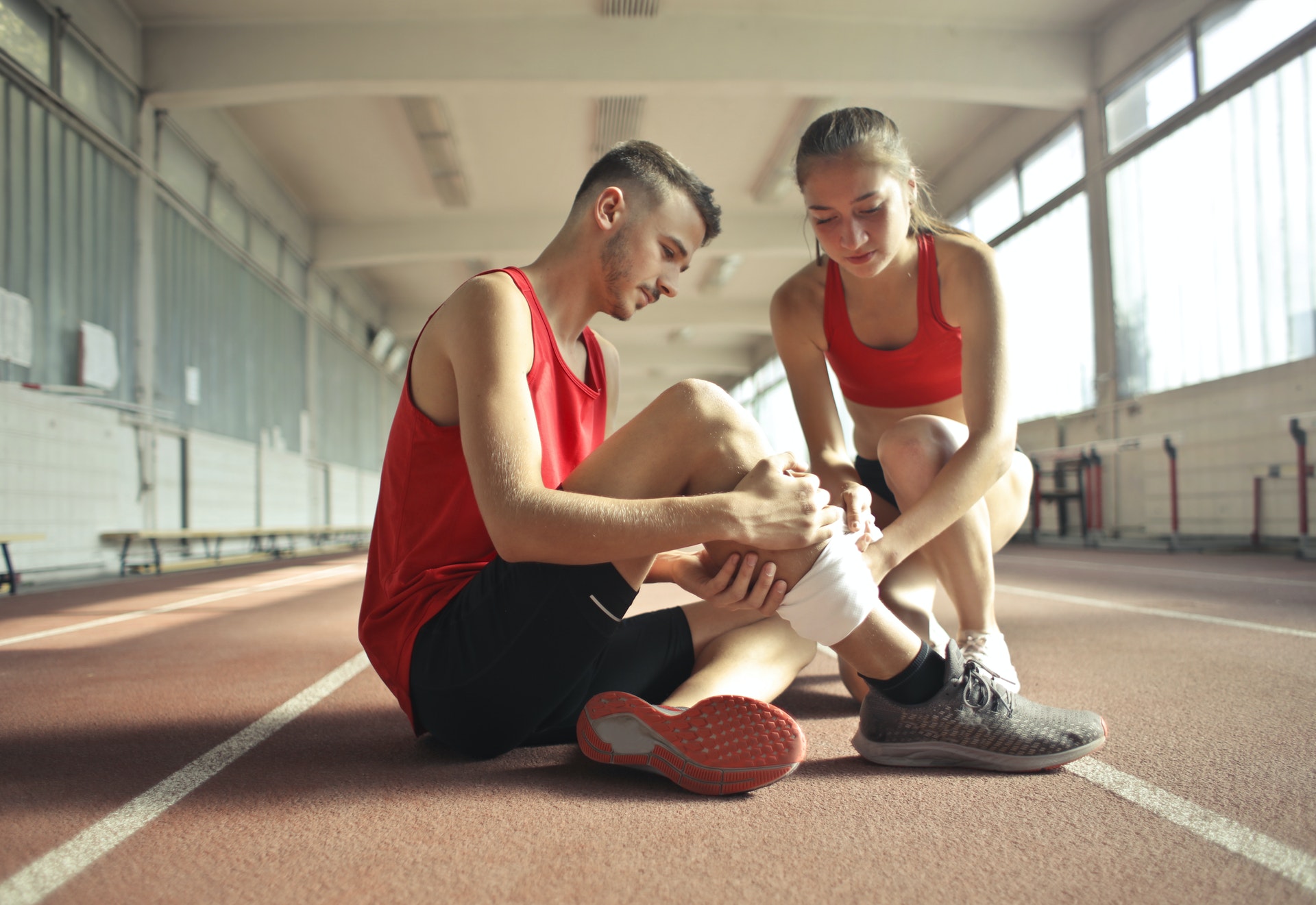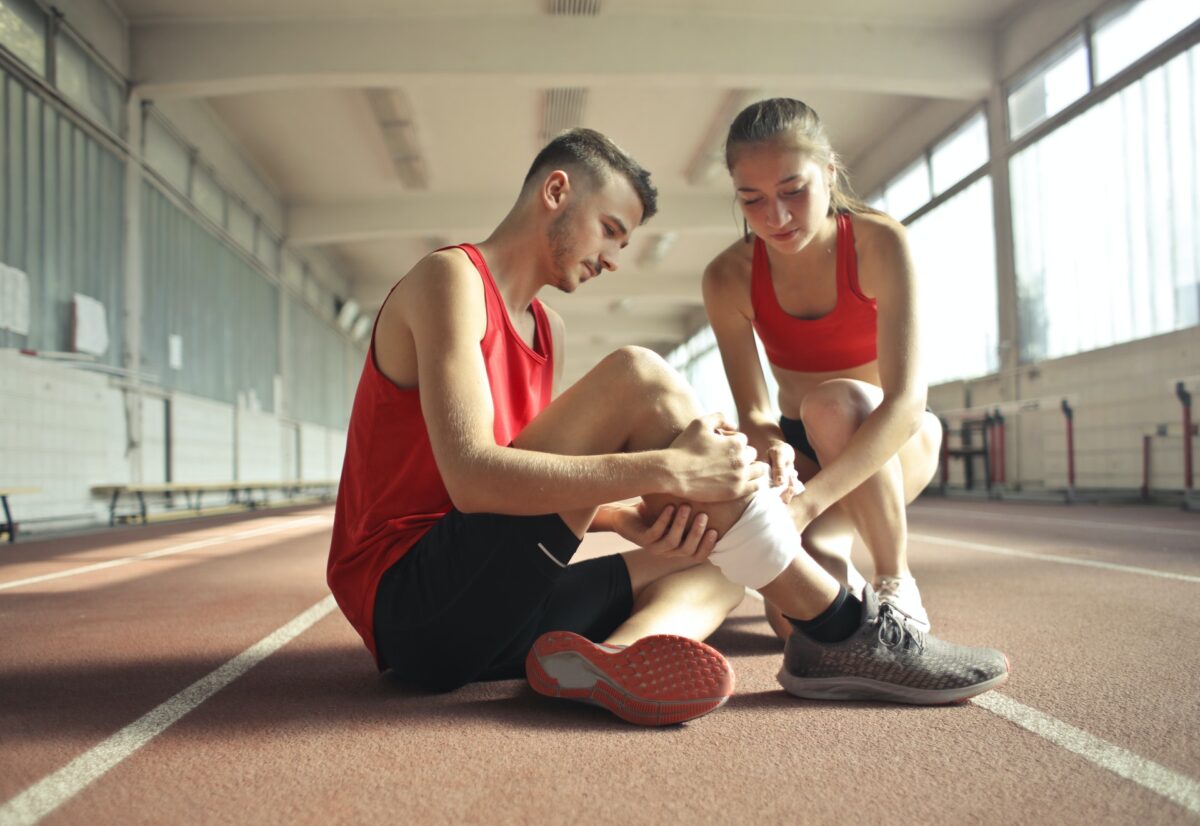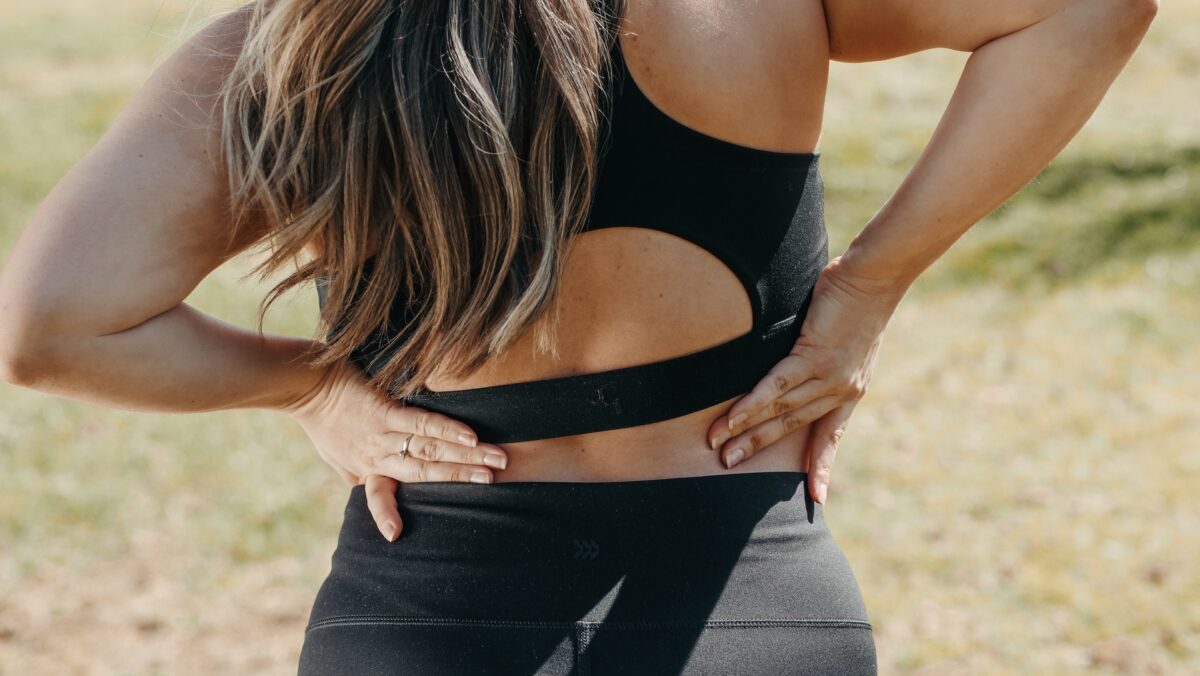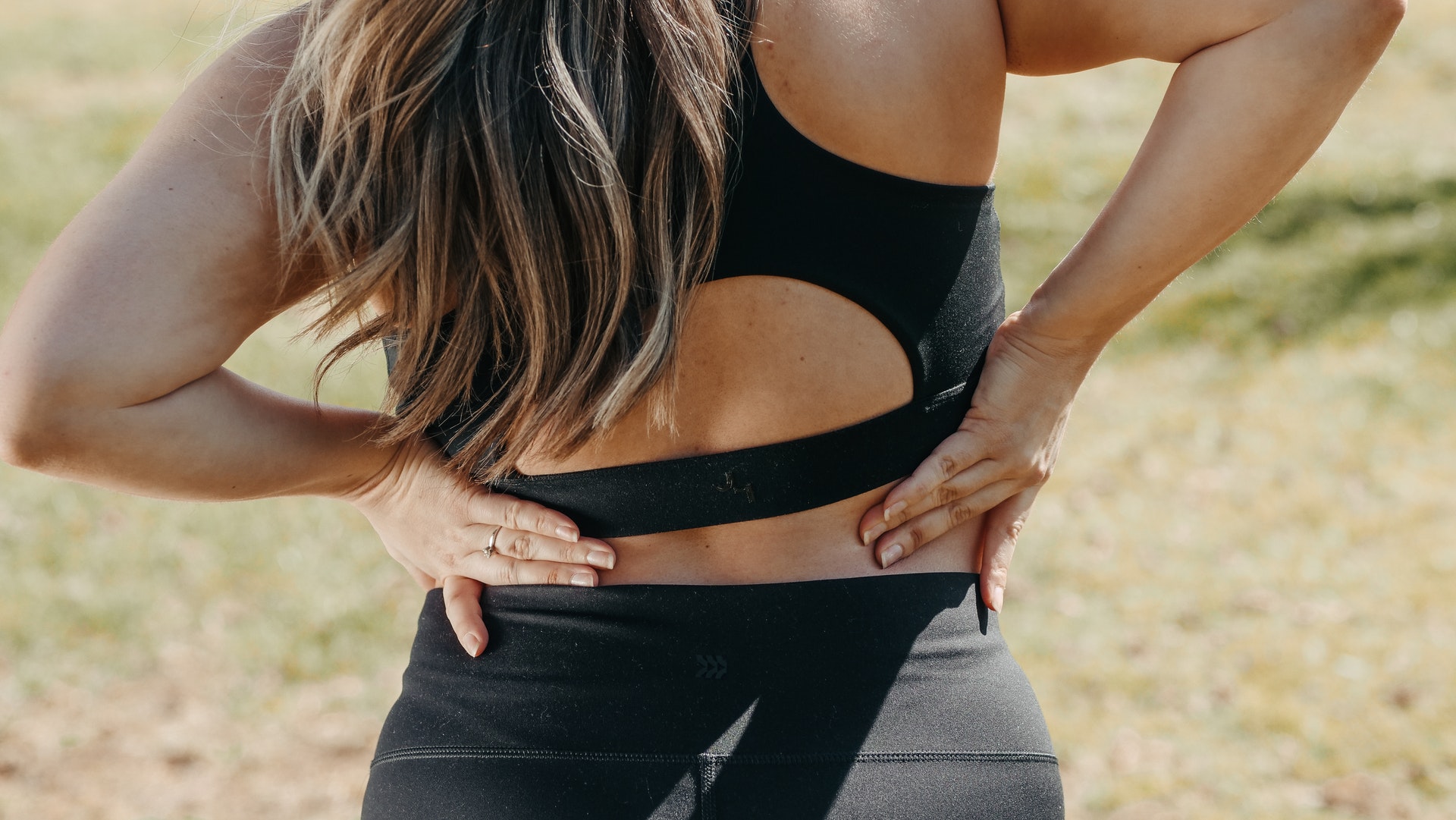PATELLO FEMORAL PAIN

The term “patellofemoral” arises from the two terms, “patella” (kneecap) and “femur” (thigh bone). The patellofemoral joint is where the back of the patella meets the femur at the front of the knee. As the name suggests, patellofemoral pain or patellofemoral pain syndrome (PFPS) is characterised by pain arising from the patellofemoral joint itself or the soft tissue surrounding it.
Also known as the “runner’s knee”, the differential diagnosis includes chondromalacia patellae and patellar tendinopathy. Although the symptoms are similar, neither of these falls under the PFPS umbrella. Alternative treatments are available due to differences in pathophysiology.
ETIOLOGY
More often than not, patellofemoral pain has multifactorial causes. However, one of the most prevalent causes is patellar orientation, or its alignment. A different orientation of the patella may cause it to glide more towards one side of the femur, resulting in overuse of that part of the femur and thus resulting in pain, discomfort, or irritation.
The causes provoking PFPS may be intrinsic or extrinsic.
Intrinsic factors include:
- Anatomical malalignment results in a deviation in the orientation of the patella.
- A biomechanical abnormality results in the overuse of a particular bone in the patellofemoral joint.
- Muscular imbalances: When the muscles around your hip and knee don’t keep your kneecap properly aligned.
Extrinsic factors include
- Overuse of the joint and surrounding muscles due to athletic activity like running, jumping, etc.
- Trauma to the kneecap results in damage to the cartilage under the kneecap.
- Additional factors include hyperextension of the knee
RISK FACTORS
It is vital to keep in mind the major risk factors.
- Age: Patellofemoral pain typically affects adolescents and young people.
- Sex: Patellofemoral pain is twice as likely to affect women as men. This could be because a woman’s larger pelvis causes the bones in the knee joint to meet at a steeper angle.
- Certain sports: Participation in running and jumping sports can put extra stress on the knees, especially when the training level is increased.
- Surgery to repair the anterior cruciate ligament using your own patellar tendon as a graft increases the risk of patellofemoral pain.
Clinical Presentation
- Anterior knee pain: Patients often complain of pain and discomfort in the anterior region of the knee.
- Patellofemoral compressive forces: The pain is aggravated by activities that increase patellofemoral compressive forces, such as climbing stairs, sitting with knees bent, kneeling, and squatting.
- Upon applying pressure, the area around the front of the knee feels tender.
- Cracking/clicking sound with the knee movement.
Patellofemoral Pain Physiotherapy
- Strengthening exercises: Greater improvements in pain relief and knee function are shown when both the knee and hip muscles are strengthened. Usually, the strengthening programme is applied to the hip abductor muscle and the quadriceps.
- Manual therapy: This is a conservative treatment option for PFPS, consisting of techniques such as manipulation, joint mobilization, and soft tissue mobilization, thus achieving pain reduction, improved functionality, and mobility of the joint.
- Taping involves holding the patella in place using a K-tape to make sure it moves in proper alignment. This may improve the ability to perform activities that would normally be painful.
- Coordination training: The physical therapist may help retrain your hip and knee movement patterns to reduce knee pain. This is effective training for athletes.
- Kinetic chain exercises:
- Closed kinetic chain exercises (CKC): These are more functional than OKC because they cause less stress on the patellofemoral joint, especially at full extension (0° to max 40° of knee flexion).
- Open kinetic chain exercises (OKC): These exercises might be a viable option in case the patient is unable to tolerate CKC exercises because the load that will be used can be better controlled than in CKC. When using OKC exercises, the patient should stay within a pain-free range of motion (ROM) of 40° to 90° of knee flexion.
- Electrotherapy: Preference is given to electrotherapy in treating patients suffering from PFPS because of a neuromuscular disbalance.
Prevention
The following steps may help in preventing the pain:
- Maintain strength: Strong quadriceps and hip abductor muscles assist in keeping the knee balanced, but it is advised to avoid deep squatting during weight training.
- Alignment and techniques: Optimal techniques for jumping, running, and pivoting are crucial so that the patella tracks properly in its groove.
- Lose excess pounds. Being overweight puts excessive stress on your knees.
- Warm-up: Prior to engaging in intense physical activity, warm up with five minutes of light exercise.
- Gently stretch: to increase flexibility and ease of movement.
- Gradual increase in intensity: Avoid sudden changes in the intensity of your workouts.
- Choice of footwear: Shoes used during exercise should fit well and provide good shock absorption. In the case of flat feet, shoe inserts might help.
At home, physiotheraphy exercises to relieve the pain.
Wall stretch for the hamstrings
- Step 1: In a doorway, lie on your back. Keep one leg flat on the floor and extend it through the doorway.
- Step 2: Slide the other leg up on the wall until you feel a gentle stretch and it is almost straight.
- Step 3: Keep one heel in contact with the wall and one heel in contact with the floor. Don’t point your toes.
- Step 4:Hold for at least one minute.
Front leg raises with straight legs
- Step 1: Lie on your back with one leg straight on the floor and the other bent at the knee, with your foot flat on the floor.
- Step 2:Raise the straight leg about a foot off the ground and simultaneously tighten the thigh muscles.
- Step 3: After a few seconds, slowly lower your leg to the ground.
- Step 4: Take a break of a few seconds between repetitions.
- Step 5: Repeat with the other leg.
Try for 8–12 repetitions.
Hip Circles
- Step 1: Lie down on your side with your legs slightly bent.
- Step 2: Tighten your muscles and straighten your top leg.
- Step 3: Make 20 small circles with the leg in a clockwise direction.
- Step 4:Repeat in a counter clockwise direction.
- Step 5: Change sides and repeat with the opposite leg.
The circles should be medium-sized. Do 3 sets of this exercise.
Step-Ups on the Sides
This exercise requires a platform. If you don’t have one, you can use a step.
- Step 1: Stand beside the platform and place your adjacent foot on the platform.
- Step 2: Step up on the platform so that the other foot comes off the ground, hanging loosely.
- Step 3: Take a step back by lowering your hanging foot to the ground.
- Step 4: Repeat 15 times on one side, then 15 times on the other.
Try for 3 sets of 15 step-ups.



